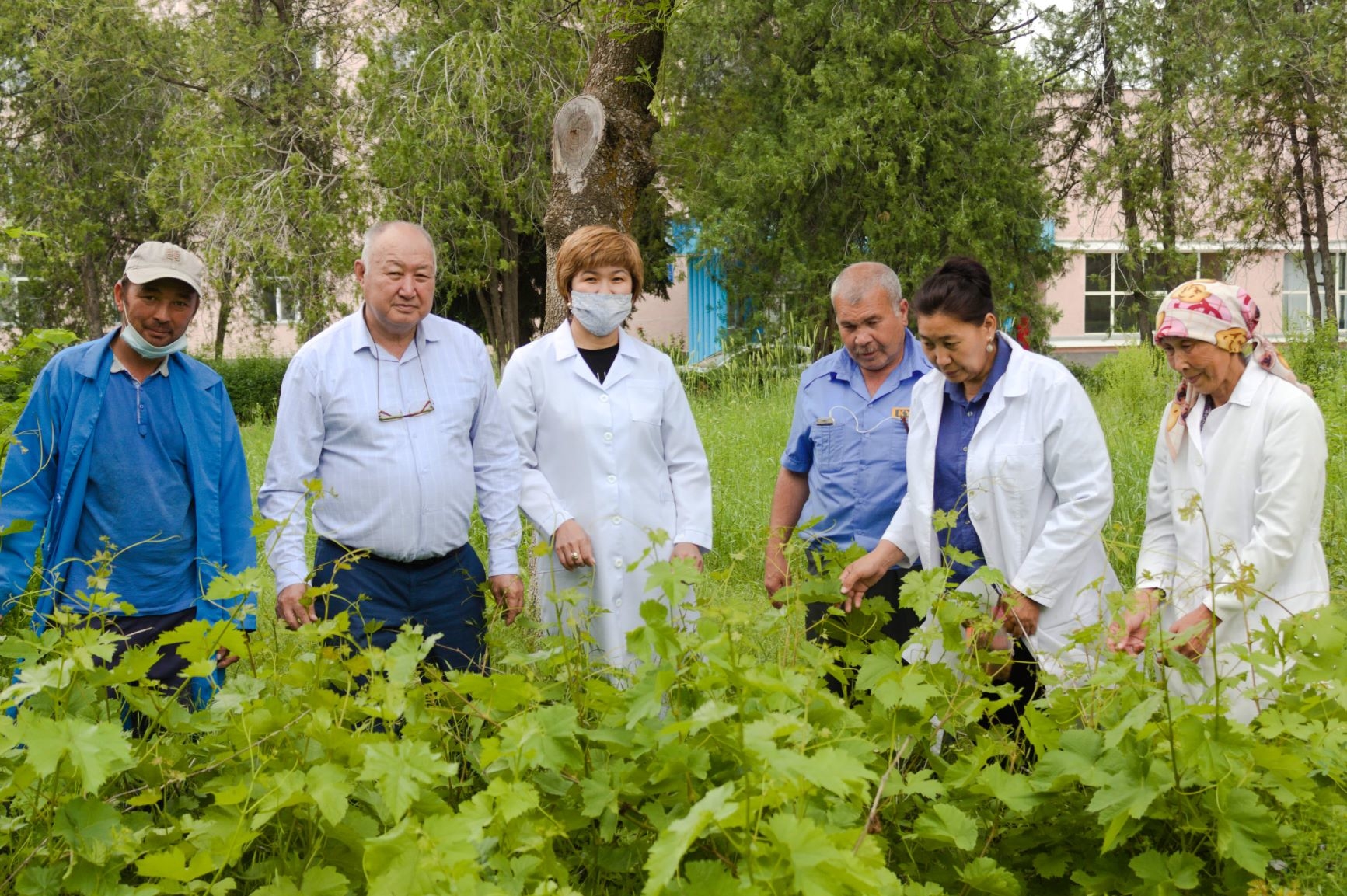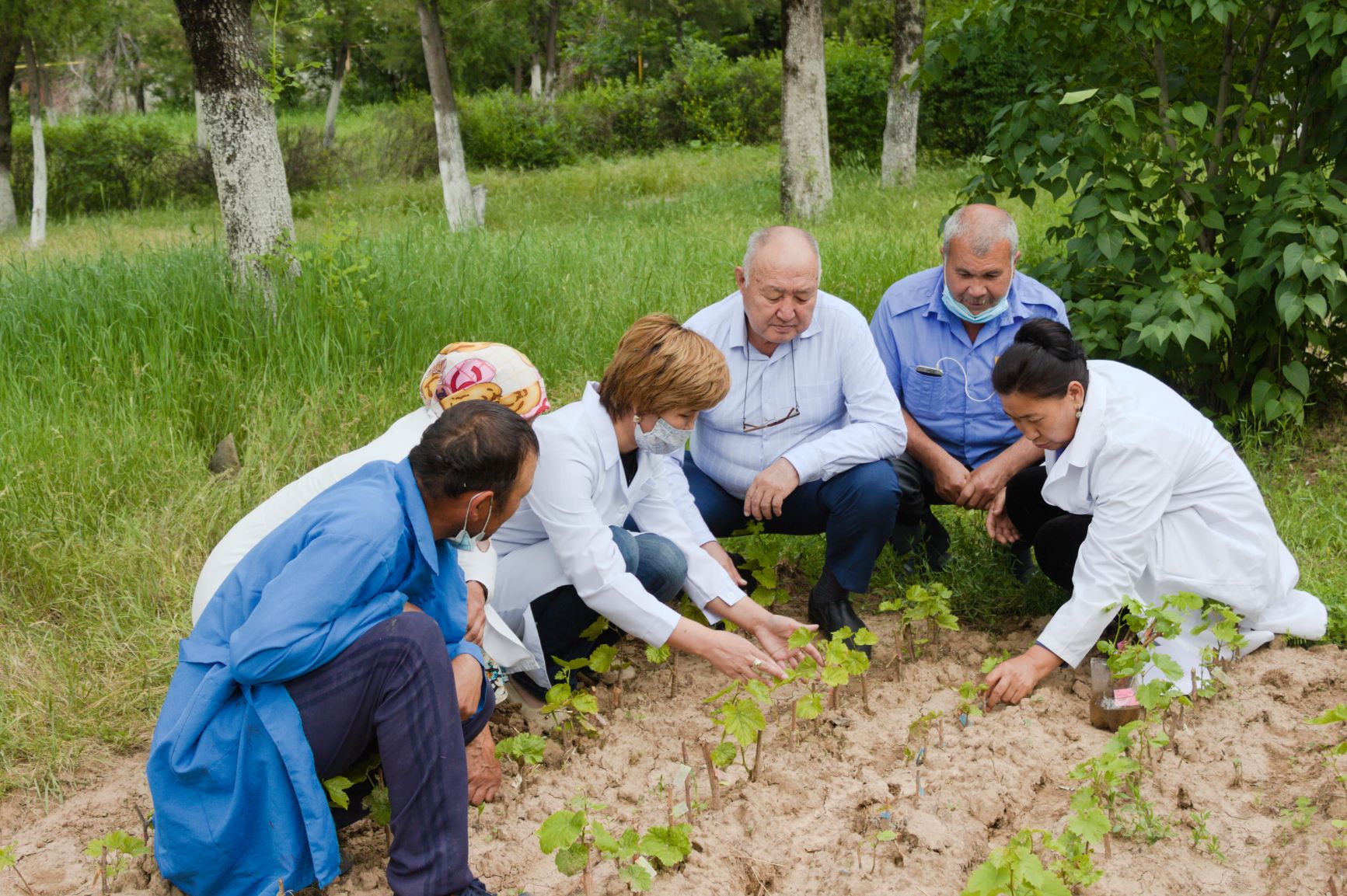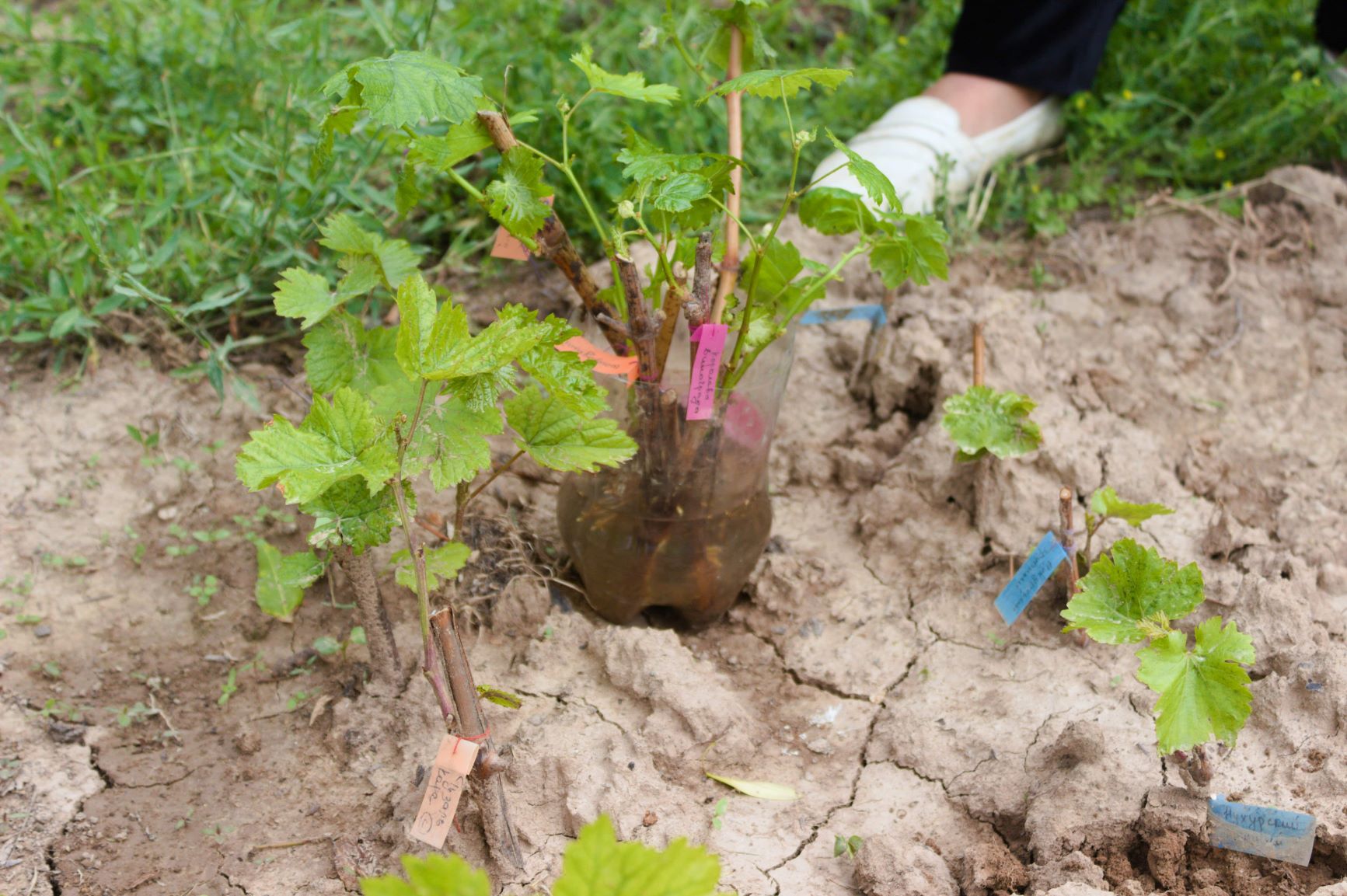
In the subsidiary of the “National agrarian science and educational center” JSC - the “Southwest scientific research institute of Livestock and plant production” LLP they found a way to reduce the time for root formation in grape petioles.
Previously, the folk method was used, it was used a long time ago by foresters M. Neveskiy and S. Navrotskiy during the planting of Crimean pine on the bare mountains in Amankutan (the western part of the Zeavshan Ridge).
Seedlings were dipped in a prepared magma so that conifers would quickly take root. This method is well suited for the soil and climatic conditions of Kazakhstan.
G. Tastanbekova, managing director of the institute, candidate of agricultural sciences noted that magma exist of various kinds. “If in the past it was water with sand, now we use honey and water. Previously, the process was called forest reclamation, and now biostimulation. A new method was proposed by the research associate of the Institute Lyazzat Dauletova. The proposed method differs in that foreign manufacturers use a chemical (synthetic) biostimulator, while our scientists add a natural biostimulator - honey. This is an inexpensive and environmentally friendly method,” - G. Tastanbekova said.

Within two months, cuttings of 25 grape varieties sprouted in a magma, some even got an ovary, and then they were transplanted into the soil. The period of formation of the root system was reduced from six months to two months, this method is very important for those involved in viticulture.
There are more than 60 grape varieties in the nursery of the research institute, both from near and far abroad. The adaptation of new varieties is ongoing. And the use of a biostimulant will increase the collection of grape varieties.

“Southwest scientific research institute of Livestock and plant production” LLP conducts research work in the livestock and crop industry of Kazakhstan and implements them in production. The main mission of the research institute is to provide new opportunities for the development of livestock and crop production through the creation and distribution of breeding and seed material, as well as promising technologies for the South-West region of Kazakhstan.

